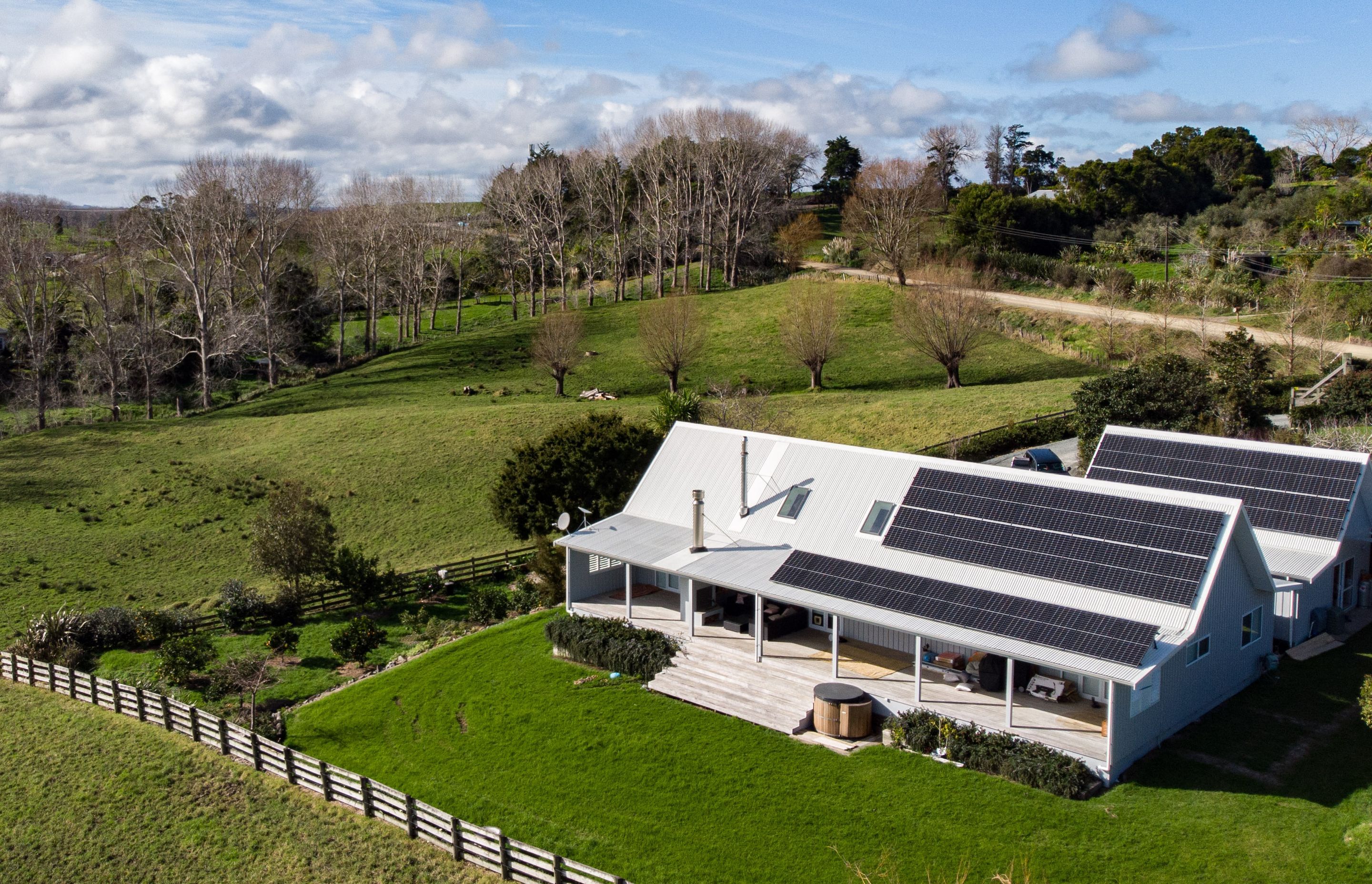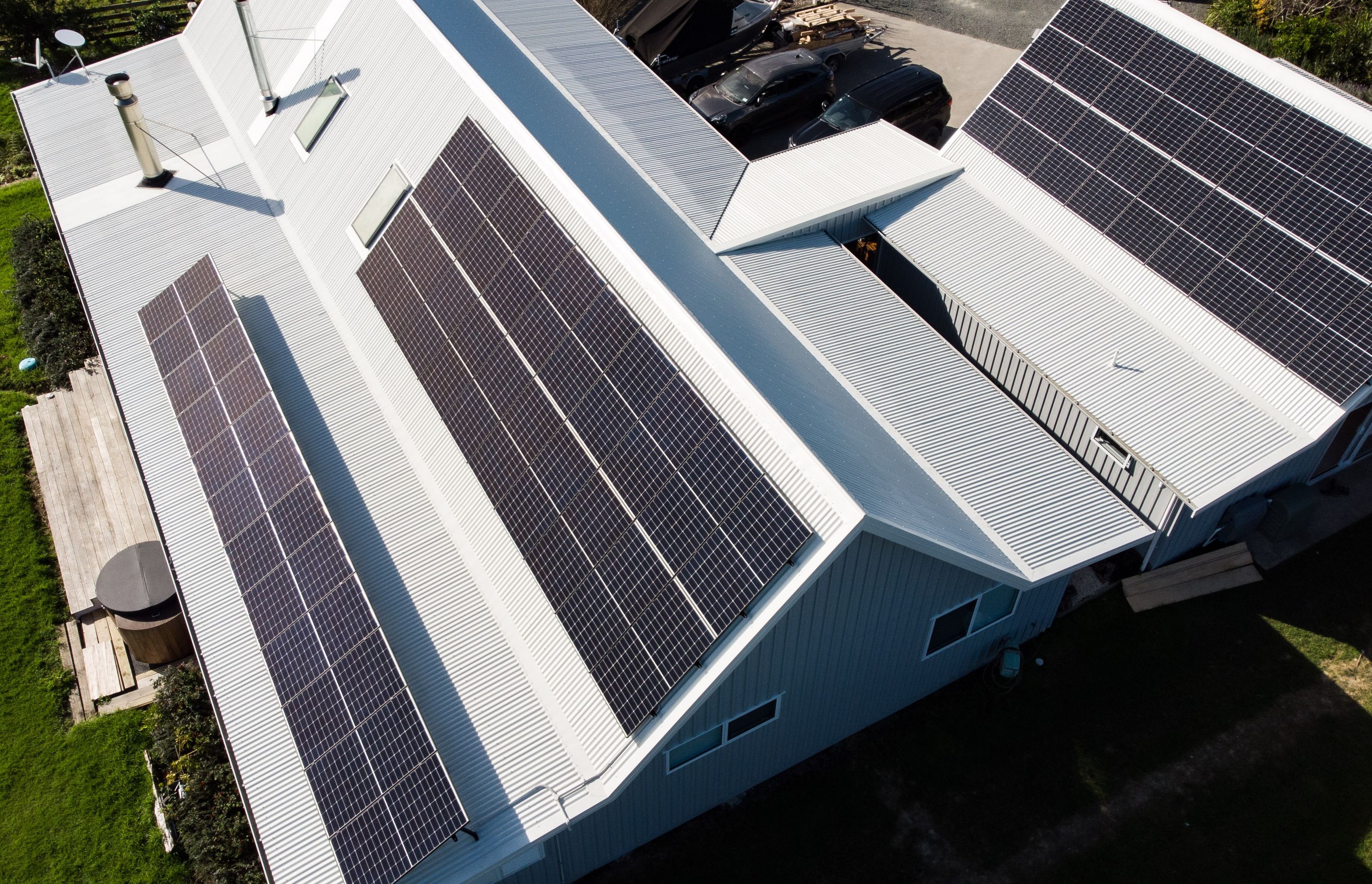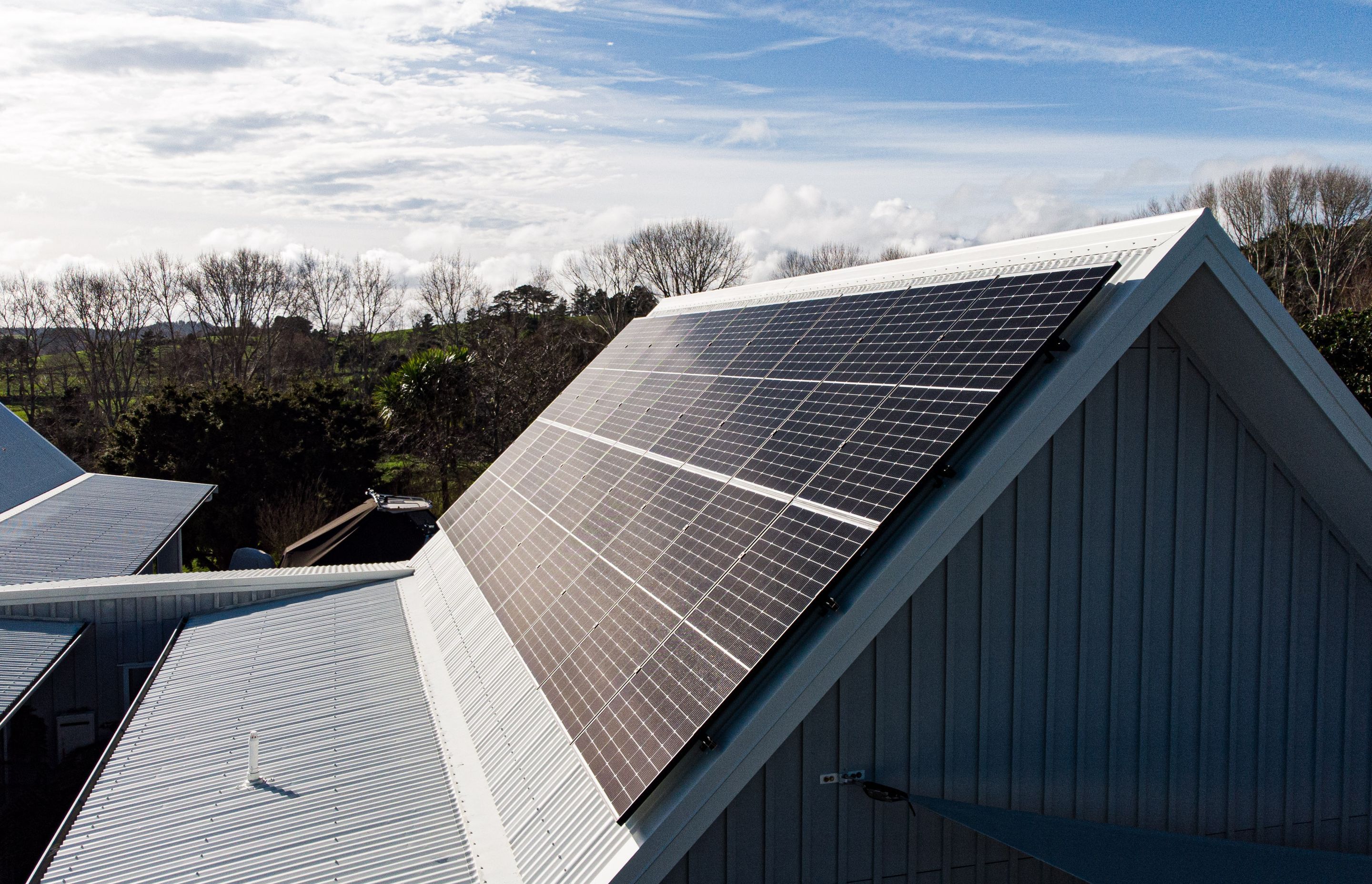Everything you need to know about solar
Written by
01 March 2023
•
4 min read

The recent skyrocketing popularity of solar power probably hasn’t come as much of a surprise to many New Zealanders.
The general cost of power has steadily risen throughout the 21st century – from 13.35c/kWh in the year 2000 to 30.32c/kWh in 2022. Meanwhile, the cost of solar and battery storage has tumbled in the opposite direction throughout the same period – making it an increasingly feasible option for the average Kiwi.
The lower installation costs, its ability to recover the cost in energy savings, and its self-sufficiency and resilience from outside influence and national disasters have led to a tidal wave of interest in residential solar power recently.
So how do the benefits stack up? How has solar power technology changed recently to both keep up with demand and lower costs? And what specific offerings can everyday New Zealanders leverage for both residential and commercial solar applications?
Solarcraft, an expert in the design, installation and maintenance of solar power systems, is one of the foremost providers of the technology in Aotearoa. So ArchiPro spoke to Tim Dudek, the company’s Director, who discussed the ins and outs of solar and why it’s a good option for Kiwis.

ArchiPro: What are the different types of solar power systems?
Tim Dudek: Each client has different objectives they want to achieve with their solar, and we have three different approaches that seek to encompass these objectives.
In our experience, most start with wanting a fast return on investment and a reduction of their carbon emissions. In this scenario, we recommend a solar system connected to the grid (grid-tied), often with the ability to provide daylight-only essential power to get through unforeseen power outages.
Next would be those wanting to offset most of their power bill and grid energy consumption, especially when they plug in the new EV. For this, we recommend a larger grid-tied solar system with a battery to store excess solar for nighttime consumption and essential supply during an outage.
Our third system is a 100% self-sufficient one – taking a household completely off-grid. While it may sound intimidating, it’s actually very simple with the correct equipment choices. If done correctly, the system can expand in capacity with an ever-growing list of appliances.

AP: What is Solarcraft's offering for both residential and commercial?
TD: Solarcraft offers bespoke solutions for each client, whether it be residential or commercial.
We start with a conversation about what your energy consumption is like and what your solar goals are. Then we provide a detailed design and financial analysis based on your wants and needs – from installation to handover.
The whole process is seamless because of our team’s knowledge and experience – we’ve dealt with almost every scenario under the sun, always with our customers’ satisfaction as a top priority.

AP: How has solar panel technology changed in the decade or so you've been in the business?
TD: The affordability of solar as well as achievable self-sufficiency.
The spotlight is well and truly on climate change and how to make homes and businesses as environmentally friendly as possible. Countries like Australia have made residential solar power the norm, and New Zealand is just starting to get on this trend.
Solar power technology and its ancillary equipment have significantly advanced throughout the last decade that Solarcraft have been in business. The panels, batteries and inverters have not only become more sophisticated and powerful but more aesthetically pleasing too.
Like all other technology, there is always refinement being done over time. Small efficiencies on solar inverters and batteries over the years have combined to the point where we’re seeing 90-95% round trip efficiency on the systems. The size and weight of the systems have significantly reduced, too, enabling more energy from less space.

AP: Solarcraft caters to both the high end residential and commercial sectors. How do these projects differ from each other, and how do the benefits differ?
TD: Residential solar is mainly around self-sufficiency and certainty of supply, whereas the commercial sector, which typically consumes a lot more energy during the day, is focused on fast ROI and carbon offset.
Some of our larger commercial customers are seeing financial returns in 4 and a half years with a system lifetime of 25 years – it’s no wonder the interest in solar is increasing.
Learn more about Solarcraft and its solar power solutions.